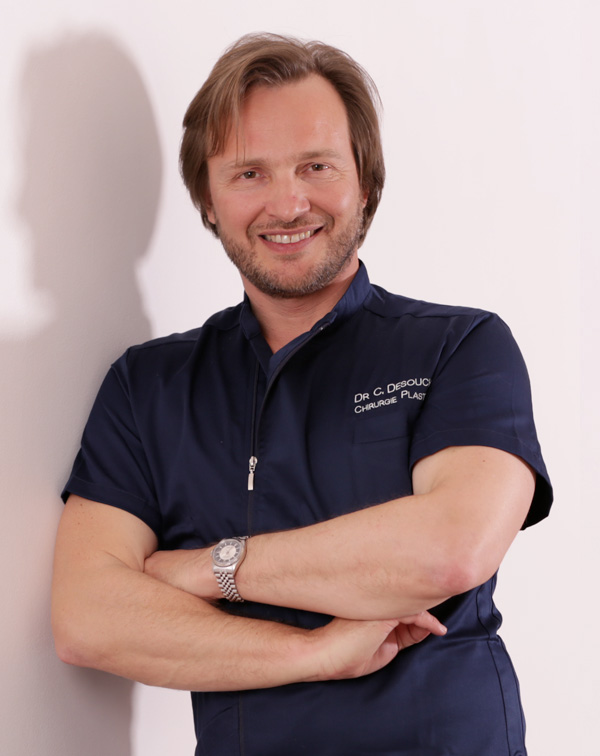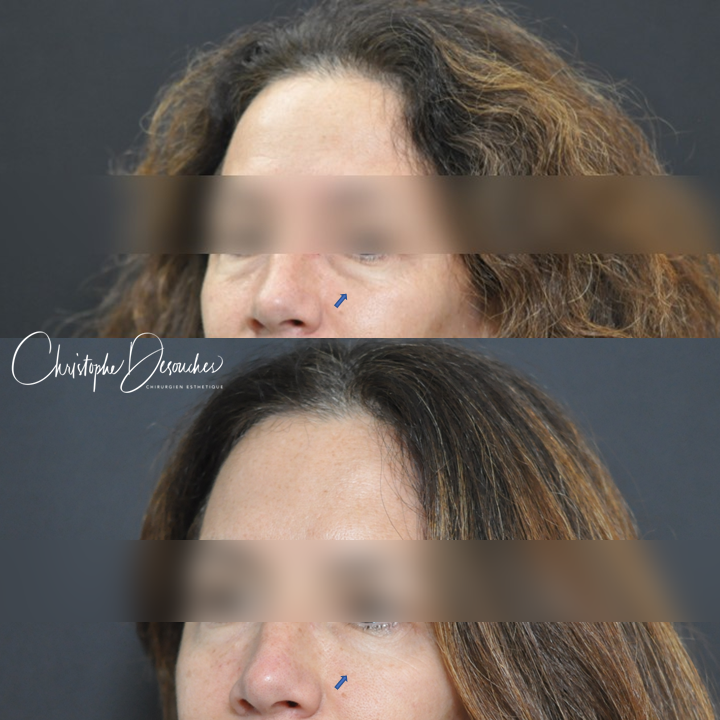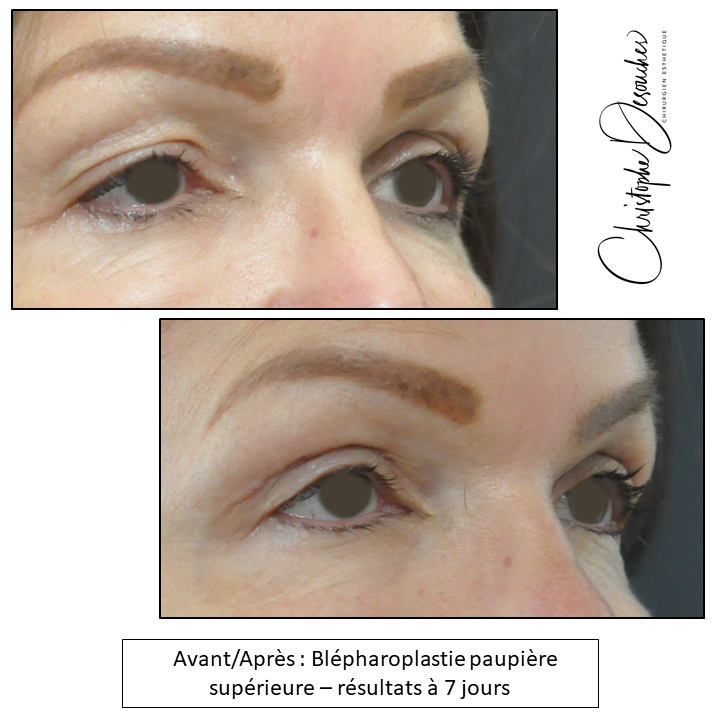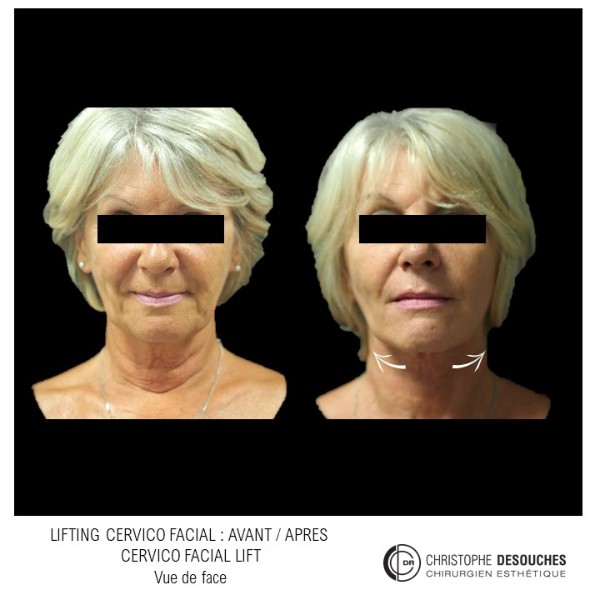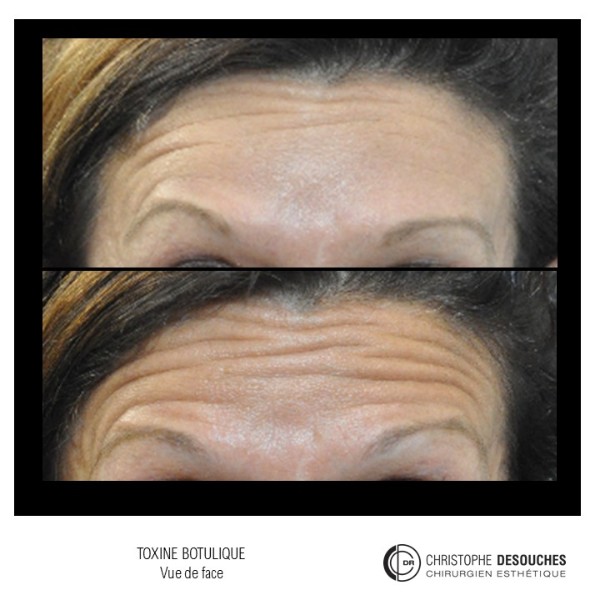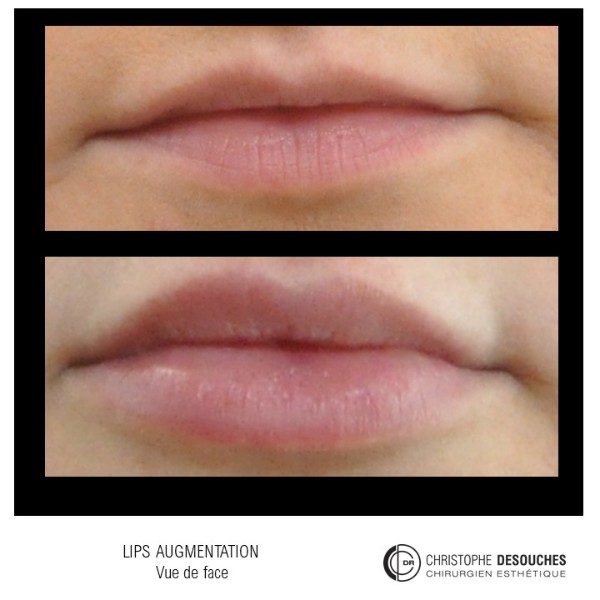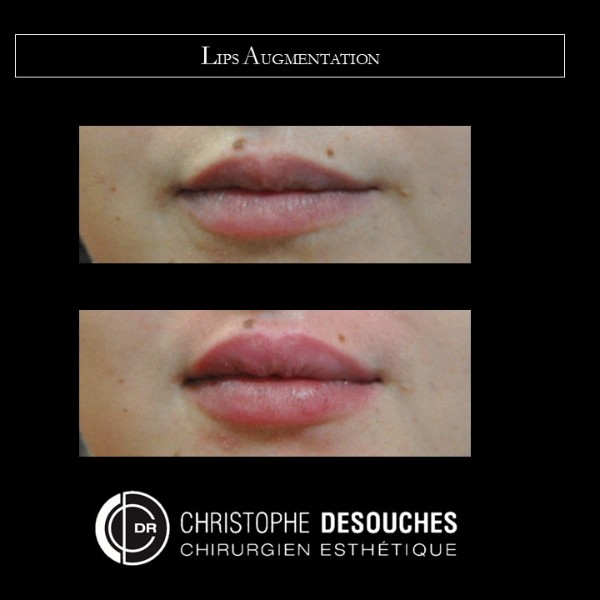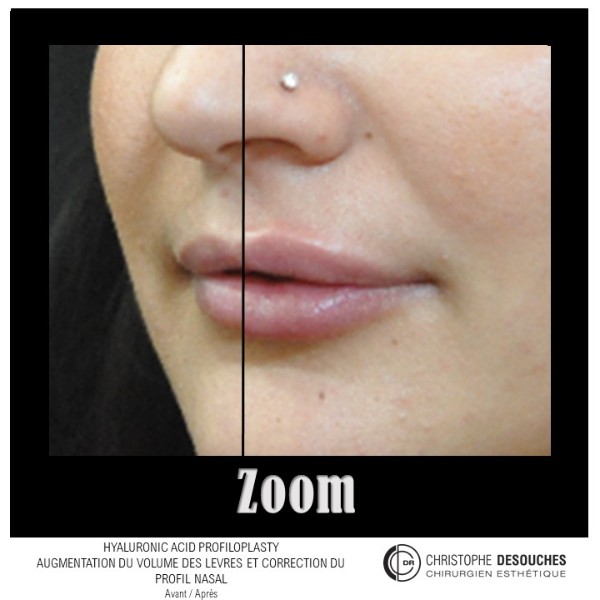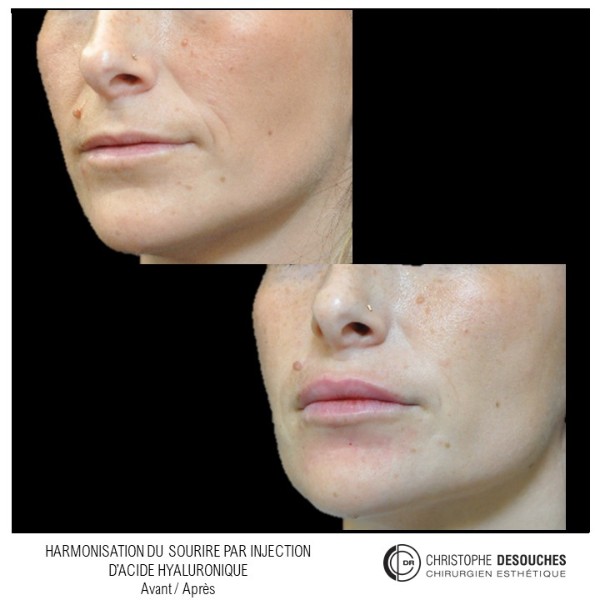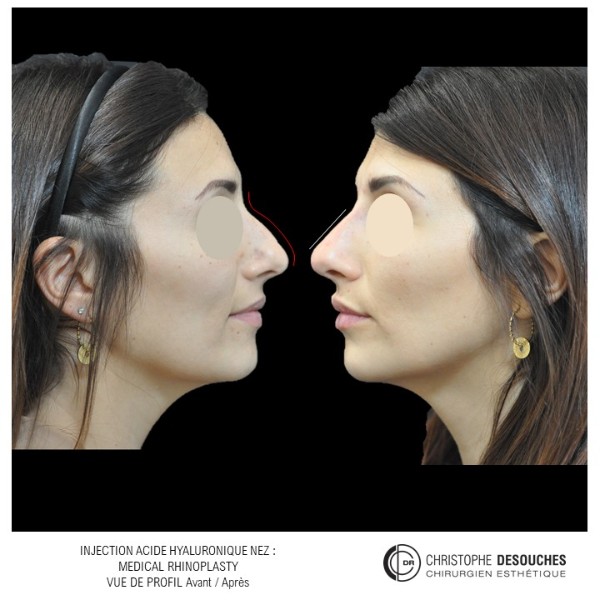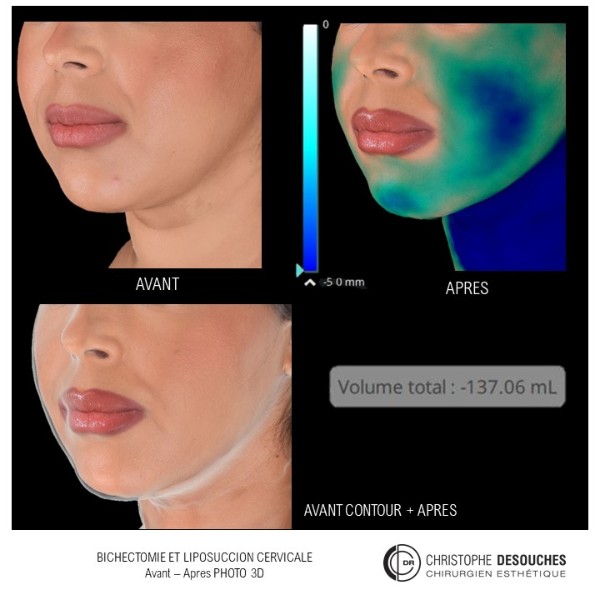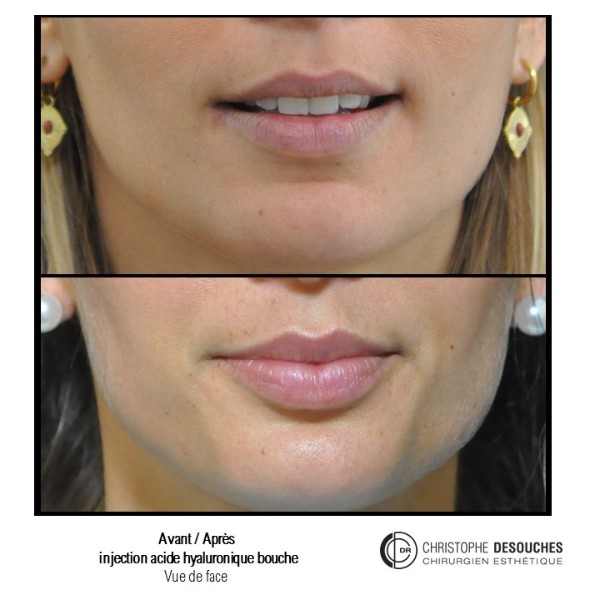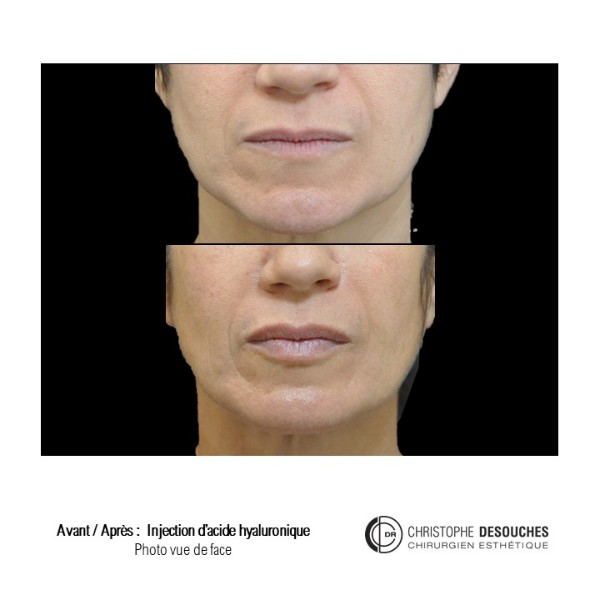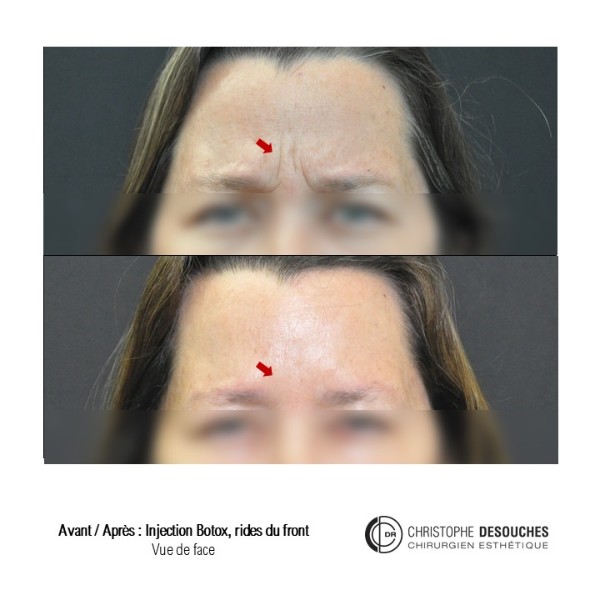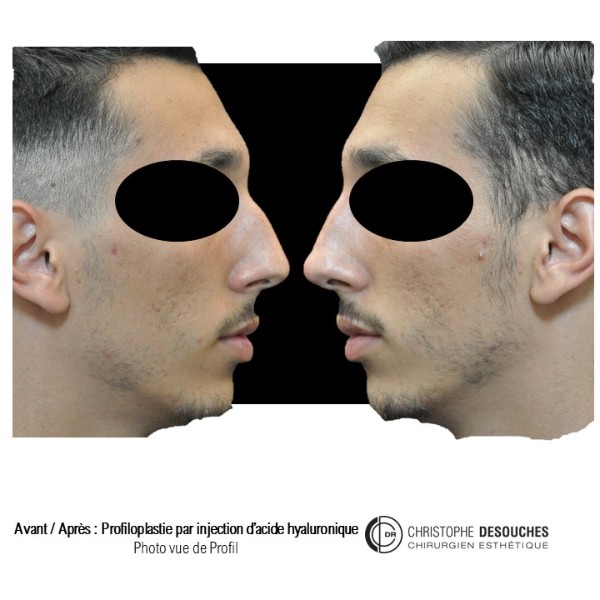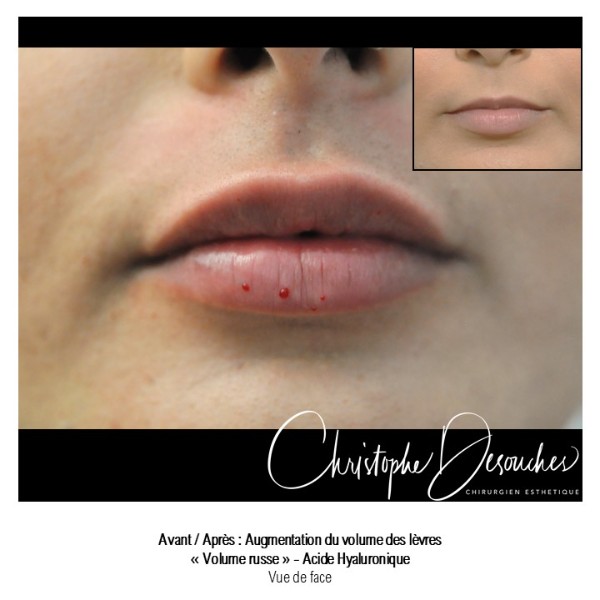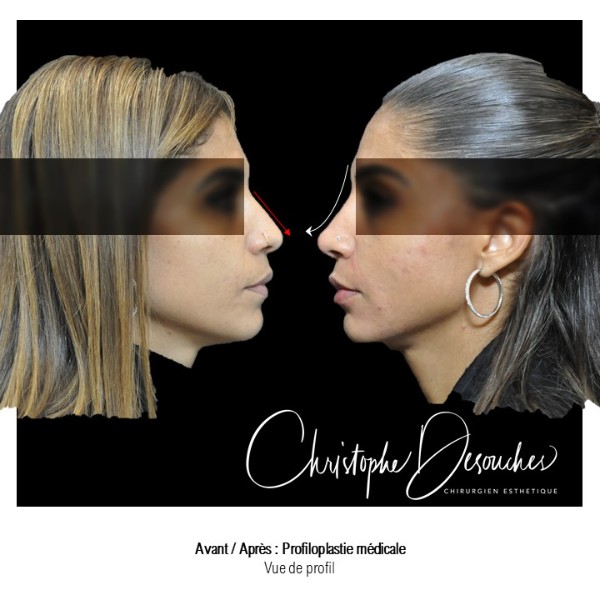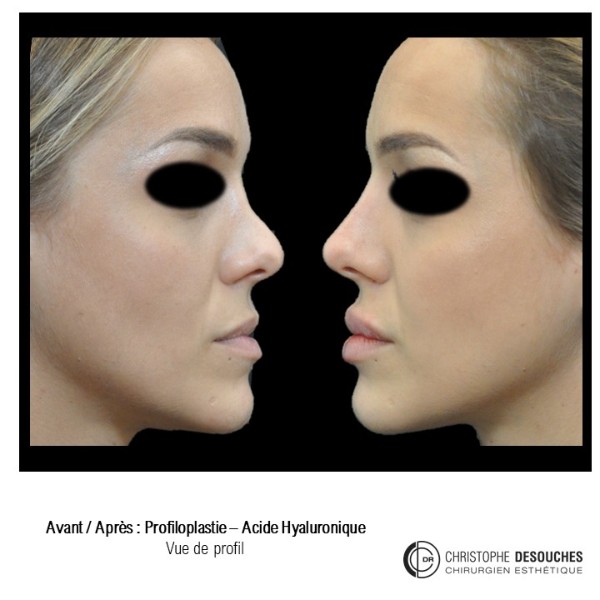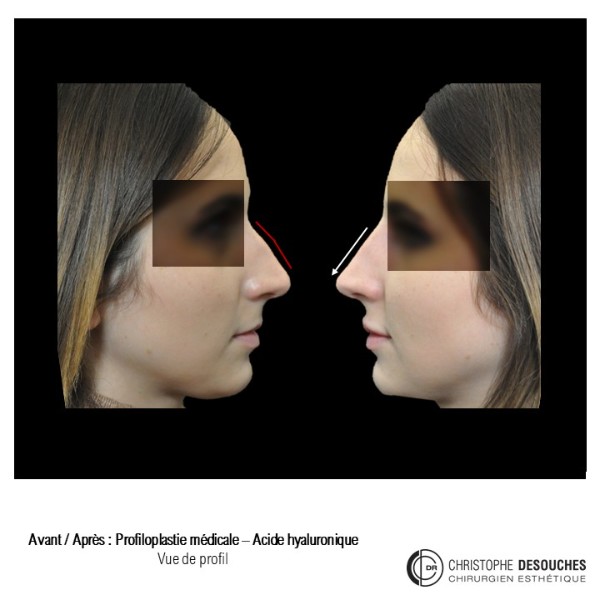Surgery
The incision begins horizontally below the hairline, extends along a vertical line in front of the ear, around the lobule, and ends in the scalp behind the ear. These incisions are made in hidden areas but will leave visible and permanent scars. Excess fat may be suctioned from the neck and chin.
The skin of the cheeks and neck is detached from the deep layers. The muscles are tightened. The skin is then repositioned, and excess skin is resected as needed without tension. Suturing is generally performed with absorbable threads. Drainage may be used to evacuate secretions and prevent hematoma formation. The anesthesia used may be local anesthesia combined with sedation, or general anesthesia. The dressing is generally quite large, enveloping the scalp.
Important information
This text provides basic information on the principles and procedure of cervicofacial lifting. A more detailed information sheet will be given to you during your consultation. A good understanding of the process and the expected result is essential before considering this intervention. It should be emphasized that the goal of this surgery is to bring improvement and not to achieve perfection. If your wishes are realistic, you will be satisfied with the result.
The initial consultation
The initial consultation is an opportunity to examine your face, discuss your motivations, and explain the expected results. The interview and examination allow us to look for possible conditions that could lead to complications, such as uncontrolled high blood pressure, blood clotting disorders, or smoking.
Complications
Any surgical procedure, even carried out competently in conditions of maximum safety, carries a risk of complications. These complications are infrequent and usually minimal in this situation. There are risks of bruising, infection or reaction to anesthesia. It should be noted that the anesthetic techniques, the products used and the monitoring methods have made immense progress. They offer optimal safety, especially when the intervention is performed outside the emergency room and in a healthy person, but they can nevertheless involve risks of serious complications. The accidental injury to the nerve that controls the muscles of mimicry is exceptional. It causes usually temporary paralysis.
What is not corrected by the intervention
A facelift involves tightening the tissues. The quality of the skin is not altered. Expression lines, crow's feet, or perioral wrinkles are not affected. Deep fractures are improved by the tension exerted on the skin but never completely disappear. The appearance of the eyelids is not corrected by a cervicofacial lift alone.
Before surgery
It is imperative to stop smoking at least two months before the surgery. The intake of aspirin is prohibited 10 days before the operation. Before the surgery, it is necessary to wash the body and the hair with an antiseptic soap. You should not wear make-up, wear contact lenses, jewelery or removable dental appliances when you arrive at the operating room. It is important to plan a person who can accompany you home after your hospitalization and who will possibly help you during the first days after your surgery.
Operative suites
The postoperative effects are generally not very painful. Hospitalization for the night following surgery is usually sufficient. During the first few days, there is usually swelling, which can be severe, and bruising of the neck and chin. It is necessary to have reduced activity for at least 3 to 5 days and to avoid any major effort for a month. Bruising and edema are visible for two to three weeks. Scars can be hidden in the front and back by the hair. The only visible area in front of the ear can be temporarily masked by covering makeup from the 6th day. Resumption of professional activity is possible after two to three weeks.
Post-operative consultations
A consultation is necessary:
- As an emergency if complications are suspected (fever, violent or throbbing pain, severe redness, continuous bleeding).
- On the 2nd day on average.
- Between the 7th and 10th day to control good healing.
- In the 2nd month and in the 6th month.



